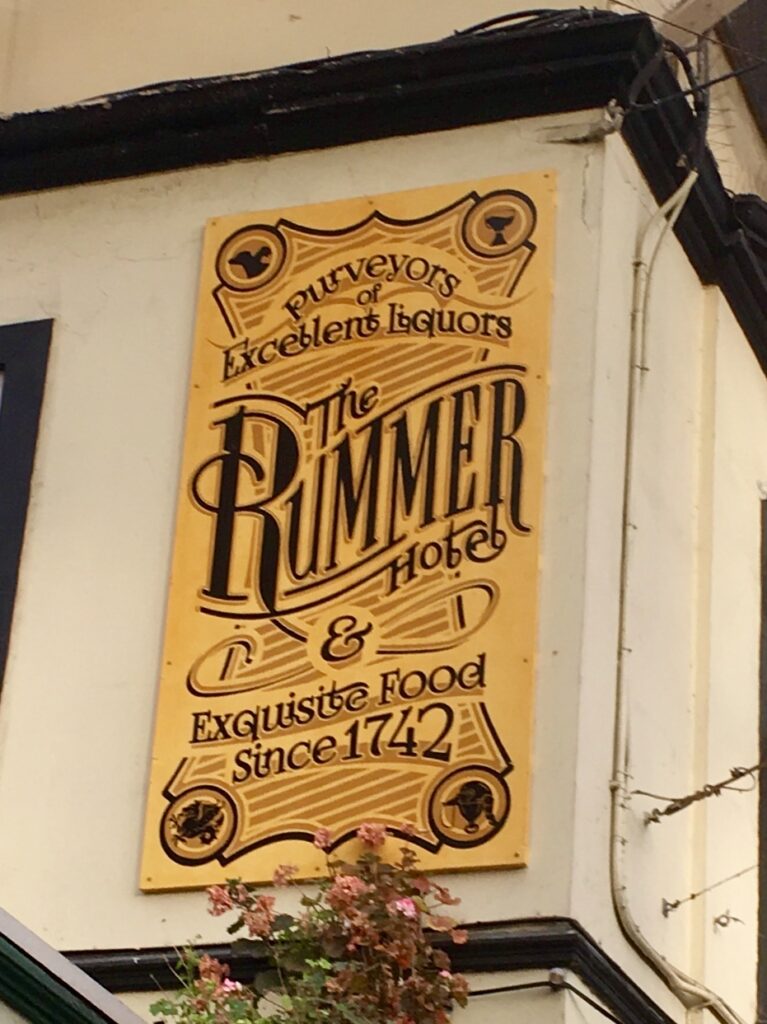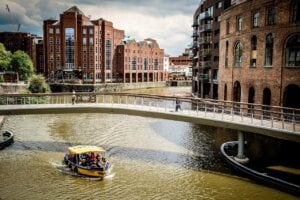The Oldest Pubs In Bristol
The entire city of Bristol is shrouded in a rich history, so it should come as no surprise that the pubs within Bristol have just as much history surrounding them. Plenty of pubs within Bristol claim to be the oldest, all of which have varying dates that they were first set up. Some are only kept in the running, for the title, by a handful of technicalities.
So, whilst it might not be possible to tell you precisely which pub is the oldest (as many of them claim to be) here are a few of the Bristol pubs that have been running for a fair bit of time, with some twisted and interesting pasts. Whether you’re interested in hearing the macabre tales or it’s the historical architecture that’ll draw you in, be sure to check out some of Bristol’s oldest pubs, below:
Bristol's Oldest Pub
The Hatchett Inn
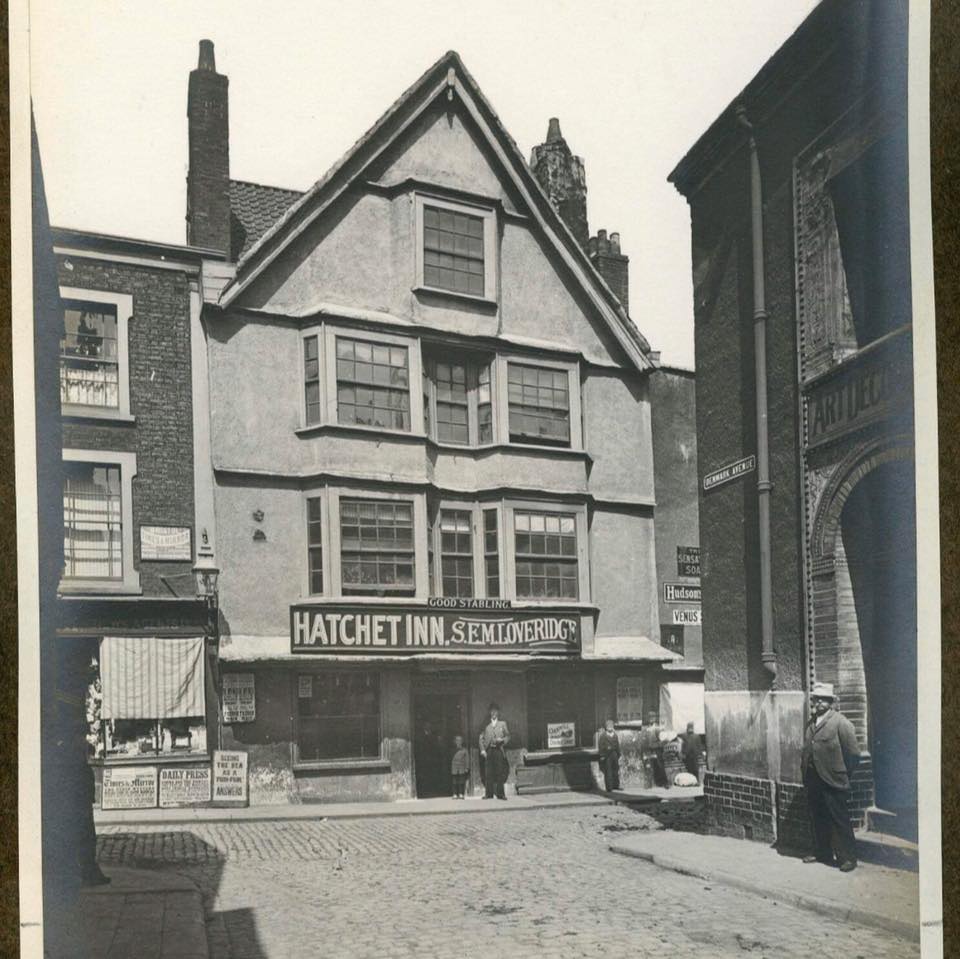
Generally speaking, The Hatchet Inn is considered to be the oldest pub in Bristol – as proudly boasted and claimed by the pub themselves. This Tudor pub has stood on Frogmore Street since 1606, and whilst some older pubs and buildings are on this list, it is The Hatchet Inn that is perhaps the most well-known and loudest in stating that they are the oldest pub within Bristol (whether that’s true is a different story).
The building, over 4 centuries old, is now a Grade II listed building and has undergone plenty of preening, changes and alterations since first opening up in 1606, a time in which Bristol played a key role in the UK’s seafaring trade. One notable change being the removal of the mortar that hung above the front door for a significant amount of time. On the 400th anniversary of the pub, some staff members dressed as historical figures outside the venue to celebrate the pub’s long history. The Hatchet Inn is assumed to be named after the axes used by woodsmen, who would stop by the pub after having worked in the Clifton Woods, though there is no confirmation of this.
The Hatchet Inn and human skin
Perhaps the most notable reason for The Hatchet Inn’s fame, and most peculiar aspect of its history, is the local legend claiming that there is a layer of human skin to be found at the entry way. Most claim this skin is stretched over the door, hidden under coats upon coats of paint, though others go further, twisting and exaggerating the urban legend, saying human flesh can be found within the doorway.
The human skin door is a focus point for guidebooks, walking tours and history books of Bristol, undoubtedly bringing in a lot of fascinated tourists (like myself) to the pub. This odd legend stems from the 1800s, when the authorities within Bristol tried to make use of the bodies of hanged criminals after their deaths, particularly their skin.
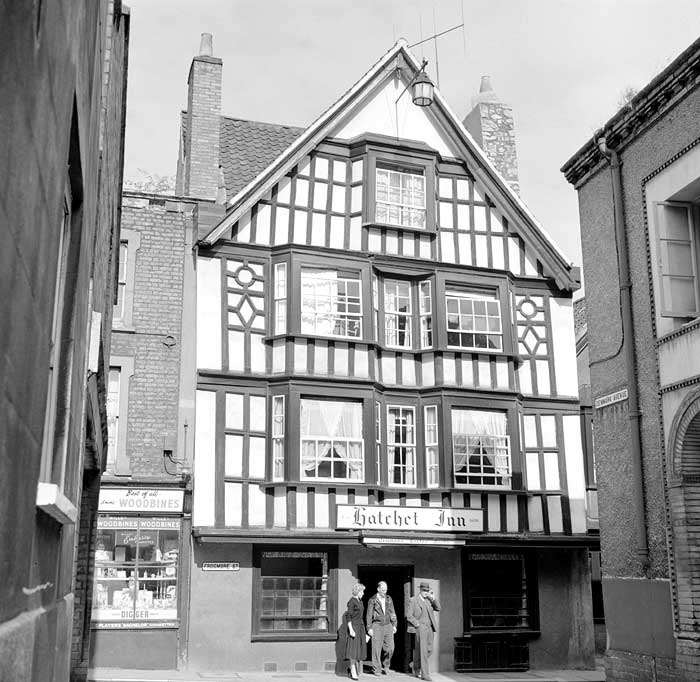 One example of this that has been confirmed is the case of John Horwood, a convict who had the notes of his own trial bound with his own skin. This peculiar artefact can be found at the M Shed in Bristol, but also perpetuates the legend of the human skin within the door of The Hatchet Inn. This local tale has even had The Hatchet Inn ranked as one of the top five most morbid spots within Bristol. Will the owners of the pub ever allow a scientific analysis of the door? Until that day, this tale simply remains folklore.
One example of this that has been confirmed is the case of John Horwood, a convict who had the notes of his own trial bound with his own skin. This peculiar artefact can be found at the M Shed in Bristol, but also perpetuates the legend of the human skin within the door of The Hatchet Inn. This local tale has even had The Hatchet Inn ranked as one of the top five most morbid spots within Bristol. Will the owners of the pub ever allow a scientific analysis of the door? Until that day, this tale simply remains folklore.
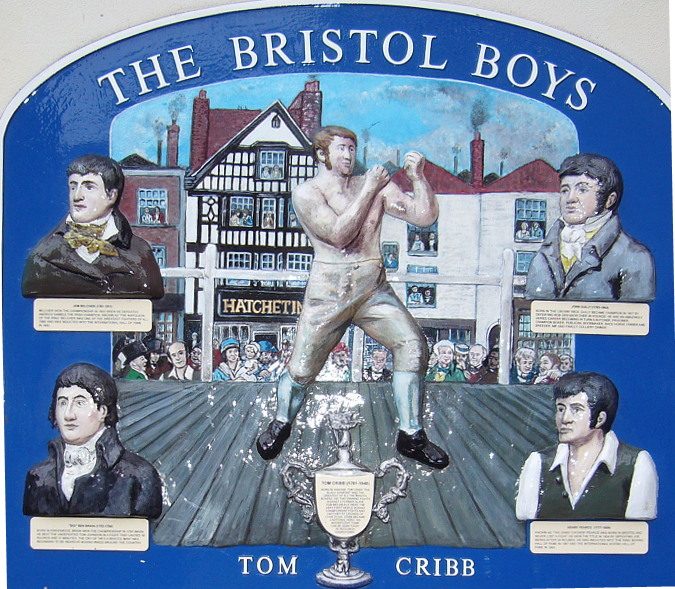
Bare-knuckle boxing at the Hatchett Inn
The next phase in the history of The Hatchet Inn, is the 18th century reputation as a cock-fighting ring, before developing into a spot for bare-knuckle boxing, producing local champions Jem Belcher and Henry Pearce.
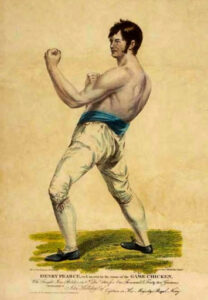
A few individuals believe they have seen an apparition, a ghost of a bare-knuckle boxer within the pub, and whilst this isn’t frequently mentioned by guests, from time to time a report does arise.
The 18th century also saw the introduction of a rat-pit to the back of the building, facilitating rodent teasing. Rodent teasing involved filling the pit with rodents (rats, mice, and animals alike) and placing bets as to how long it would take for a dog, usually a terrier, to kill them. Further historical sources detail the squeals of the animals, barks of the dogs, and audible cheering from crowds of men, all of which could be traced down to the back room of the pub.
Blackbeard at the Hatchett Inn
Another claim to fame of this Bristol pub is that pirates, most notably Blackbeard, drank at The Hatchet Inn. Though The Hatchet Inn is not the only pub to have made that claim within Bristol. Llandoger Trow, which opened in 1664 (and was also a contender for the oldest pub), is now sadly closed, also allegedly saw Blackbeard pop in for a drink.
 Now, since the 1980s, The Hatchet Inn has been an alternative pub, playing rock music, and attracting an entirely different demographic than just the history buffs looking to check it out. The Butcombe Brewery bought the pub and now owns it, leading very successfully as The Hatchet Inn won the Best Food Offer Winners 2019 and 2020 at the Publican Awards. You can use one of the pool rooms, or even get a private booking if you wish. If you visit today, the pub uses local ingredients, with an ethos focused on the Bristol spirit and community, which is important considering the undeniable role it has played in Bristol’s history.
Now, since the 1980s, The Hatchet Inn has been an alternative pub, playing rock music, and attracting an entirely different demographic than just the history buffs looking to check it out. The Butcombe Brewery bought the pub and now owns it, leading very successfully as The Hatchet Inn won the Best Food Offer Winners 2019 and 2020 at the Publican Awards. You can use one of the pool rooms, or even get a private booking if you wish. If you visit today, the pub uses local ingredients, with an ethos focused on the Bristol spirit and community, which is important considering the undeniable role it has played in Bristol’s history.
If you’re looking to check out the rock music, or to inspect the skin door yourself, take a look into visiting The Hatchet Inn at 27 Frogmore Street, Bristol, BS1 5NA. You can see the Butcombe Brewery website at https://butcombe.com/pubs-rooms/ or check out The Hatchet Inn specifically at https://www.facebook.com/thehatchet/ .
The Bowl Inn
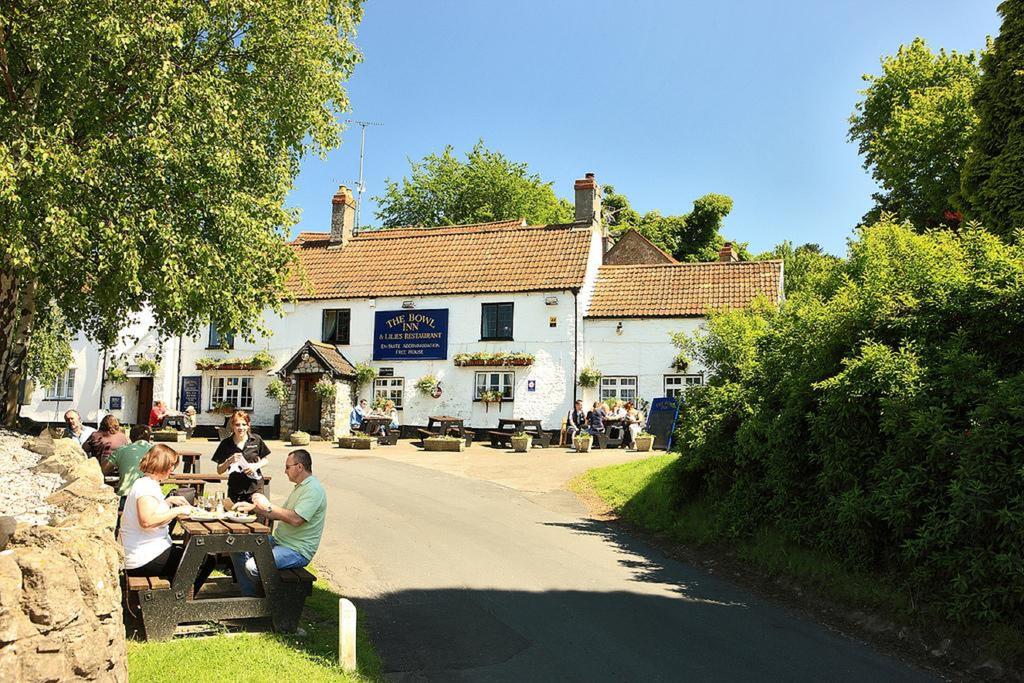
This Bristol pub has a little more of a scattered history. Whilst it wasn’t always a pub, some parts of the building outdate even The Hatchet Inn, with the whitewashed-stone cottage walls being built in 1146. The local Church, and the Tower, right by The Bowl Inn, at the foot of the hill, were built in 1140. 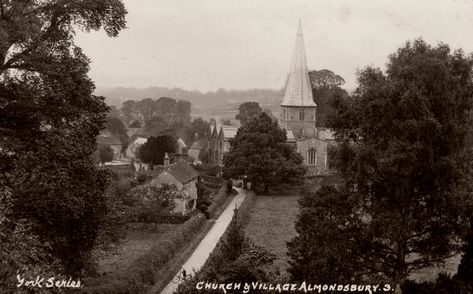 The Bowl Inn can be found on the outskirts of Bristol in the rural village Almondsbury. The village is divided by a large hill, and you can hunt The Bowl Inn down to the bottom of this hill. This location is what gives the pub its unique name, as the shape of land around it can be said to mimic the domed shape of a bowl.
The Bowl Inn can be found on the outskirts of Bristol in the rural village Almondsbury. The village is divided by a large hill, and you can hunt The Bowl Inn down to the bottom of this hill. This location is what gives the pub its unique name, as the shape of land around it can be said to mimic the domed shape of a bowl.
The Bowl Inn grew from three cottages, built in 1146 to house monks who were building the neighbouring Church, St Mary the Virgin. Though this medieval construction certainly is old, The Bowl Inn did not become licensed as an inn until much later, in 1550.
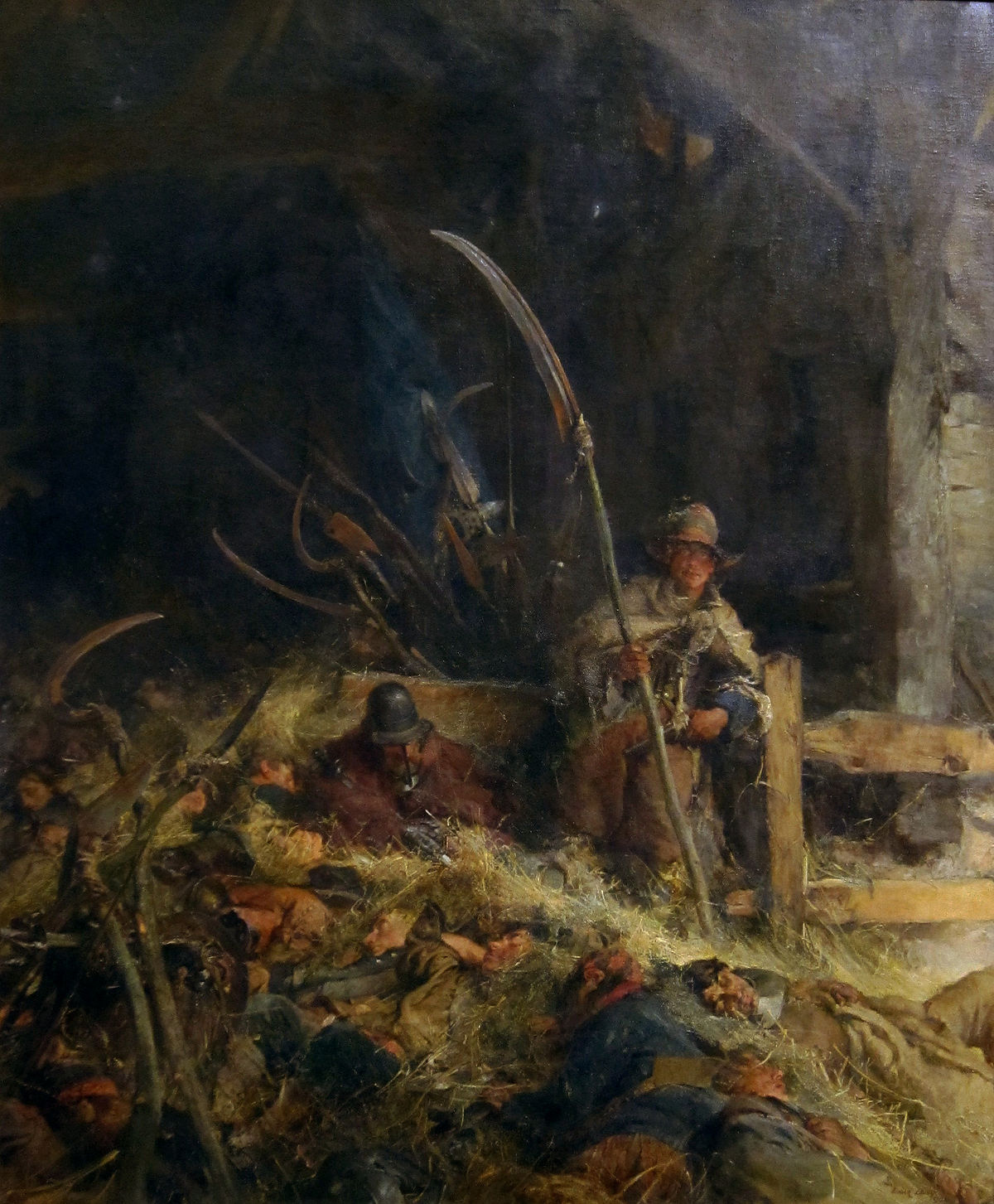 A piece of the pub’s early history can be traced back to the 1685 Monmouth Rebellion, also referred to as the Pitchfork Rebellion. The men who supported James Scott, the first Duke of Monmouth and first Duke of Buccleuch, were put on trial within The Bowl Inn, when they were caught by the troops of King James II.
A piece of the pub’s early history can be traced back to the 1685 Monmouth Rebellion, also referred to as the Pitchfork Rebellion. The men who supported James Scott, the first Duke of Monmouth and first Duke of Buccleuch, were put on trial within The Bowl Inn, when they were caught by the troops of King James II.
Rumours say, there are secret tunnels connecting each of the cottages, the Church, and the priory to one another. These tunnels served the purpose of protecting the monks who lived within the cottages from the attacks of foreign marauders invading.
Perhaps the quirk that draws most people to The Bowl Inn, however, is the anecdotal story of Elizabeth Maronne. The ghost of this young French child is said to haunt the pub. She, her brother (John Maronne) and her father had lived within Almondsbury.
Elizabeth died at just age six in 1708, and her brother passed at age 5 in 1711. It is believed and presumed that they both died at the hands of their abusive father.
This theory gained more momentum as the plaque on the Parish Church reads: ‘Beneath this place lye the Bodies of John and Elizabeth Maronne, in the Memory of whom their Father caused this Monument to be put up’.
Their father had been poor and moved from Province of Dophin in France with little means to survive. He reportedly believed his children were taken by God as a punishment for his sins, though some believe his purposeful and harmful actions hurt the two children.
From 1970 onwards, however, visitors of The Bowl Inn have reported hearing a ghostly voice of a young girl singing nursey rhymes, assumed to be Elizabeth, and even hearing her gently cry.
Two other ghosts, also said to be female but with no assumed identity, have been heard and seen at the pub, though the information surrounding these women is limited, largely due to less consistency in the sightings of them.
I don’t know about any ghost sightings, but The Bowl Inn sure is remarkable for a Sunday Roast. The Bowl Inn may not have been a pub for the longest time, but the lengthy history of the building certainly makes it one of Bristol’s more haunted! If you want to see the incorporated modern and medieval building, look out for Elizabeth and John, or just grab some lunch in Almondsbury, The Bowl Inn is a great choice. You can pop on in at 16 Church Road, Almondsbury, Bristol, BS32 4DT or head to https://butcombe.com/the-bowl-inn-bristol/ to find out more.
The Rummer
This pub has stood since 1241, but since the building was created, The Rummer has gone by a whole host of aliases, starting with Green Lattis.
In 1440, the pub was rebuilt and assumed the name Abyndon before yet another rebuild occurred in 1565 when the Jonas Inn underwent a makeover, and Abyndon was incorporated into it; this collaborative mishmash went by the name The New Inn. Yet more renovations took place in 1743 when the building had the ‘Exchange’ added in. This gave the pub the structure it has today, and the name ‘The Rummer’ came with it – which seems to be sticking, at least for now.
Besides the whole host of names, The Rummer has a large history surrounding its being the first Berni Inn in the UK, a chain of steakhouses ran by siblings Frank and Aldo Berni. The Berni Inn chain was modelled off of restaurants seen in America, bringing more aspects of Americanisation, that the fifties were rife with, over to Britain.
The Rummer was opened as the very first UK Berni Inn in 1956, selling steaks, chips, a buttered roll and ice cream. The extreme popularity sparked the continuation of the Berni Inns, which peaked in 1960 as the biggest restaurant chain outside of the US.
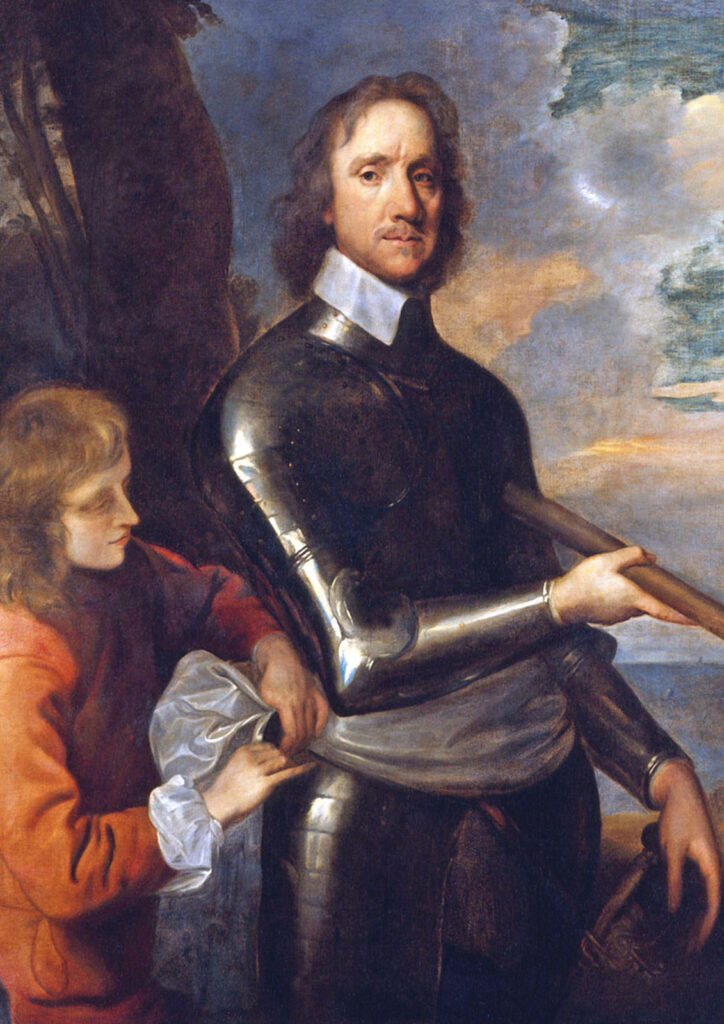
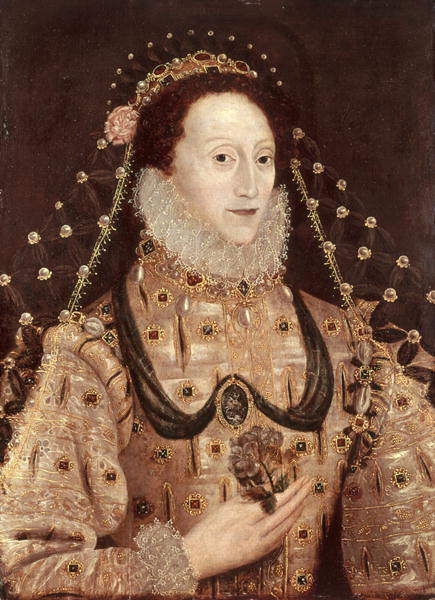
An impressive host of guests have dined at The Rummer, most notable being Queen Elizabeth I and Oliver Cromwell. Though the main attraction in the history of The Rummer appears to be more tales of hauntings and wandering spirits.
In 2007, a tour group said they had seen the torso of a man stood right behind them, in front of an open fireplace, frightening a number of the tour’s members. Other sightings have been of a phantom girl, who, after the man is seen, almost always follows shortly after him. Many say that the most common place to spot the couple is within the cellar – a classic haunting spot. John Hughes’ Haunted and Hidden Bristol Walk tours you around old and haunted buildings, and unsurprisingly, The Rummer is a stop along the way.
This once medieval pub is now an award-winning restaurant, and the rich history embellishes the experience of guests. If you fancy taking a look at The Rummer, visit All Saints Lane, Old, Bristol, BS1 1JH or head on over to https://www.therummer.net/ for more details.
Bristol's historic pubs
So, whether you want to consider the oldest pub in Bristol to be the first building, the first building to operate as a pub, or the most consistent in their business (yes, I’m looking at you Rummer/ Abyndon/ Green Lattis), Bristol’s pubs really do have a varied and rich history. The generous history of Bristol’s pubs is only the surface of the wonderful past this vibrant city has. Be sure to check out the buildings, the ghosts, and the menus next time you’re in Bristol.


